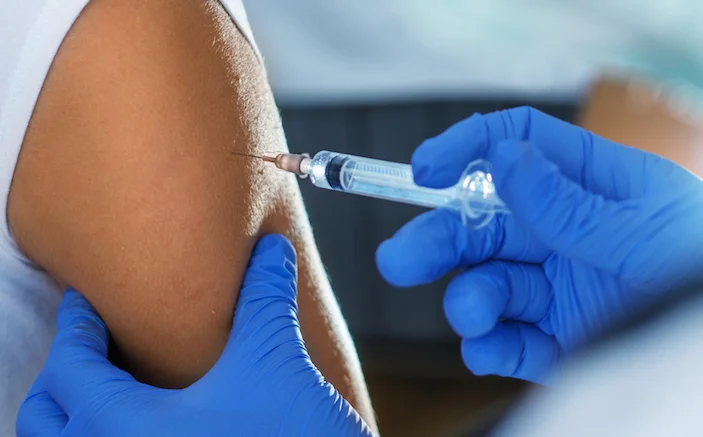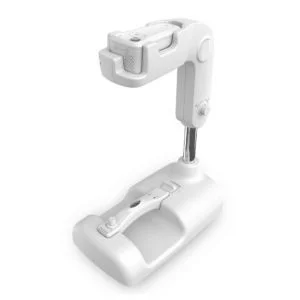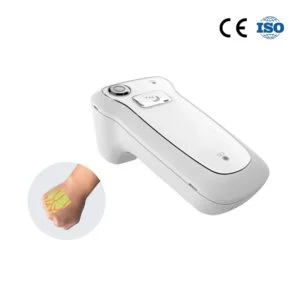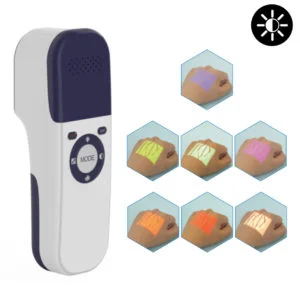Overview:
As the name suggests, intramuscular injections are used to deliver a drug deep into the muscles. As a response, the medicine is absorbed swiftly into the bloodstream.
The last time you had a vaccination, such as the flu shot, you may have received an intramuscular injection in a physician’s office. In rare circumstances, an intramuscular injection can be self-administered by the patient. As an example, certain medicines used to treat multiple sclerosis and rheumatoid arthritis may need self-injections
What is the purpose of intramuscular injections?
In modern medicine, intramuscular infusions are a frequent procedure. They are used to administer medications and vaccinations. In fact, several medicines as well as nearly all injectable vaccinations, are administered in this manner.
When alternative forms of delivery techniques are not recommended, intramuscular injections are utilized. These are some examples:
- verbal (swallowed into the stomach)
- the intravenous (injected into the vein)
- under the skin (injected into the fatty tissue just under the layer of skin)
Intramuscular injection sites:
Intramuscular injections are typically administered in the following places:
Deltoid muscle of the arm: Vaccines are most commonly administered through the deltoid muscle. However, due to its tiny muscle mass, this site is not commonly used for self-injection since the amount of medication that may be injected is limited to no over than 1 milliliter.
Vastus lateralis muscle of the thigh: The thigh may be used when the other sites aren’t available or if you need to administer the medication on your own.
Ventrogluteal muscle of the hip: For adults and children over the age of seven months, the ventrogluteal muscle is the most secure location. It’s deep and far from any major blood vessels or nerves. This is a challenging location for self-injection and may necessitate the assistance of a friend, relative, or caregiver.
Dorsogluteal muscles of the buttocks: For many years, the back muscles of the gluteal muscles have been the most frequently chosen area for healthcare providers. However, due to the possibility of sciatic nerve damage, abdominal muscles are now used more frequently. This site is difficult to use this site for self-injection, and it is not recommended.
Intramascular Injections complications:
- Pain
- Bleeding
- Abscess formation
- Cellulitis
- Muscle fibrosis
- Injuries to nerves and blood vessels
- Inadvertent intravenous (IV) access.
How To Make the procedure more comfortable?
- Use the correct technique
- Rotate injection site to prevent indurations or abscesses
- Explain the benefits of the injection to the patient
- Position the patient so the muscles are relaxed
- Use distraction
- Insert and remove the needle smoothly and quickly
- Hold the syringe steady during the procedure
- Inject medication slowly but smoothly
Use Near Infrared Vein Detectors:
Near-infrared vein detectors help medical professionals as well as patients to administer their own injections. Portable Infrared Vein Finder: Vdetector-P3 is a portable vein finder that can help to visualize veins for patients with conditions that makes vein finding hard, such as obesity, old age, dark skin tone..etc




